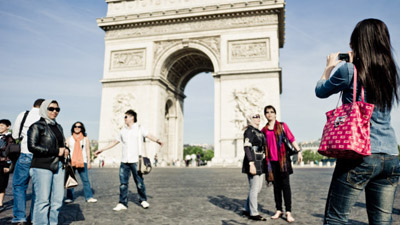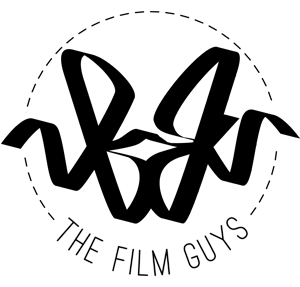
The street photography tradition does not, contrary to expectation, require a street, an urban setting or even people. Objects or whole environments can be used to depict something of the human character, symbolically or in actual likeness.
Adapting Environment to Subject
Surprisingly, street photography has a pedigree more than a century old. Early street photographers gave peoples’ impressions of cities like Paris a new lease on life. Taking the ordinary and the incidental in the daily life around us and interpreting the artistic merit in it is perhaps the ultimate freedom in photography, if not in art. It is generally conceded, for instance, that people who happen to be captured in street photography images are not required to give their consent because photography is protected as free speech and artistic expression.
There is an arguable overlap between street photography and documentary photography, however, the latter usually has a predetermined message to convey whilst street photography seeks merely to arrive at the truest depiction possible.
Technically, mobility and ease of setup is what makes or breaks good street photography. Photographers will have rangefinders, digital and film SLRs, and point-and-shoot cameras in their arsenal. Zone focusing is probably the most effective focusing technique – setting a fixed focal distance and photographing from that distance. Unsurprisingly, focal lengths of 28 mm to 50 mm are preferred for their angle of view and maximised depth of field.
Consider that modern wedding photography, with its inclination towards candid views is, in effect, a type of a street photography that everyone understands.

